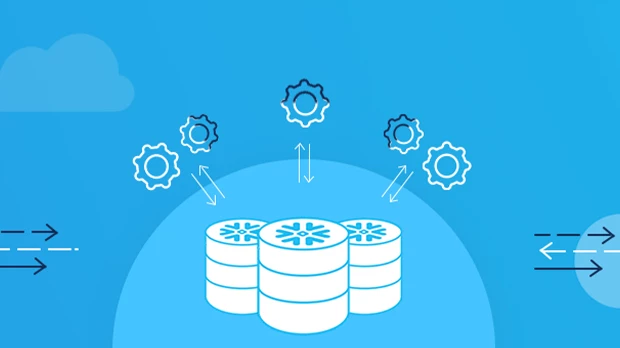
Image Source: Google
Snowflake is a powerful cloud data platform that allows businesses to store and analyze their data in a scalable and efficient manner. However, to fully leverage the capabilities of Snowflake, it is essential to optimize its performance.
In this ultimate guide, we will explore various strategies and best practices for maximizing the performance of Snowflake. If you are looking for a snowflake optimization service provider, you may browse https://keebo.ai/snowflake-optimization/.
Understanding Snowflake Performance
Before diving into optimization techniques, it is crucial to understand how Snowflake's performance is affected by different factors. Some key aspects to consider include:
1. Virtual Warehouses
- Virtual warehouses are the compute resources in Snowflake that are used to process queries.
- Choosing the right size and concurrency for your virtual warehouses is critical for optimizing performance.
2. Data Distribution
- Snowflake uses a unique data distribution model called clustering keys to optimize query performance.
- Properly choosing clustering keys can significantly impact the query execution time.
Optimization Techniques
1. Proper Data Modeling
- Normalize and denormalize your data based on the query patterns to reduce the amount of data scanned.
- Use clustering keys to group related data together and improve query performance.
2. Query Optimization
- Avoid using SELECT * to fetch all columns, only retrieve the necessary columns.
- Use WHERE clause to filter data early in the query execution process.
- Limit the result set using LIMIT clause if you only need a subset of the data.
3. Virtual Warehouse Configuration
- Adjust the size and concurrency of your virtual warehouses based on the workload and query patterns.
- Monitor the performance of your virtual warehouses and scale them up or down as needed.
Best Practices
1. Use Materialized Views
- Materialized views store the results of a query, which can be quickly retrieved without re-executing the query.
- Create materialized views for commonly used queries to improve performance.
2. Partition Data
- Partitioning data based on a column can help eliminate unnecessary data scans.
- Use time-based partitioning for time-series data to improve query performance.
3. Monitor and Tune Performance Regularly
- Keep an eye on query execution times and data scanning volumes to identify bottlenecks.
- Use Snowflake's query history and performance views to analyze and optimize query performance.